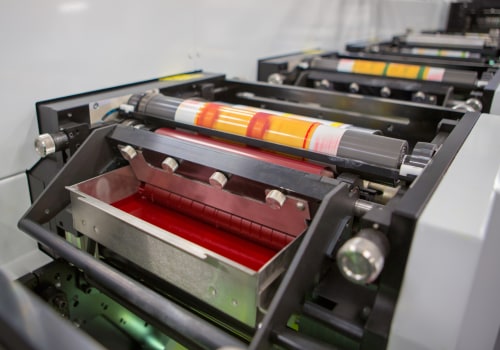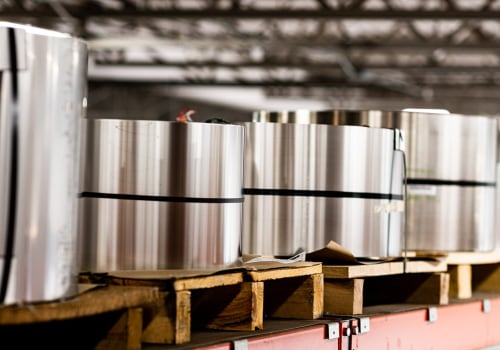When it comes to choosing paper products for printing, there are a variety of materials, costs, and considerations to keep in mind. Whether you're looking to print promotional materials, business cards, or any other type of paper product, understanding the different types of paper and associated costs is essential. In this article, we'll take an in-depth look at the various paper products available, the costs associated with printing them, and the different types of printing materials used.
Paper products
have become an essential part of everyday life. From writing notes to printing documents, they are used for a variety of tasks.Understanding the different types of paper products available and the associated printing costs can help you make informed decisions when purchasing these products. This article covers everything you need to know about paper products and printing costs, including materials, types, and more. The paper product industry is vast and varied. Different types of paper products are available, each with its own set of characteristics. To get a better understanding of the paper product industry, let's take a look at the different types of paper products available.
The most common type of paper product is bond paper. Bond paper is made from wood pulp, which gives it a smooth finish. It is ideal for everyday printing tasks such as letters and envelopes. Another type of paper product is cardstock.
Cardstock is thicker than bond paper and is often used for postcards, business cards, and invitations. The thickness makes it sturdy and ideal for printing intricate designs. Glossy paper is also popular in the paper product industry. Glossy paper has a glossy finish that makes it ideal for printing photographs and other images. It is also great for printing brochures and other promotional materials. In addition to the different types of paper products available, there are also different printing costs associated with each type.
Bond paper is typically the least expensive option due to its low cost of production. Cardstock is more expensive than bond paper because it requires more labor and material to produce. Glossy paper is the most expensive option because it requires specialized equipment to produce a glossy finish. When choosing a type of paper product, it's important to consider your budget and the intended use of the product. For example, if you're looking for a low-cost option for everyday printing tasks, then bond paper may be the best choice.
However, if you're looking for a sturdy product to print business cards or invitations, then cardstock would be a better option. Understanding the different types of paper products available and their associated printing costs can help you make informed decisions when purchasing these products.
Types of Paper Products
Paper products come in a variety of types, each with their own unique properties. Bond paper is a type of paper stock that is lightweight and usually uncoated. This type of paper is commonly used for writing, printing documents, and making envelopes. Cardstock, on the other hand, is a thicker and sturdier type of paper that is often used for business cards, stationery, and postcards.Glossy paper is a type of coated paper that has a smooth and shiny finish. It is great for printing high-quality images and photos. No matter the type of paper you choose, it is important to consider the associated printing costs. Different types of paper require different printing techniques, and some may cost more than others. Additionally, some types of paper may require specialized printing equipment or additional inks.
Printing Costs
Printing costs are an important factor to consider when purchasing paper products.The cost of printing varies depending on the type of paper product, the quality of the paper, and the number of prints required. For example, inkjet printing is usually more cost-effective than laser printing for smaller quantities of prints. However, the cost of laser printing typically decreases with larger orders. Additionally, some paper products require specialized inks or coatings that may add to the overall printing cost. The cost of printing also depends on the type of paper product being printed.
For example, textured or glossy paper will require more ink than standard printer paper, resulting in a higher printing cost. Specialty papers such as card stock or watermarked paper may also require additional costs for specialty inks or coatings. When purchasing paper products, it is important to consider the associated printing costs. Knowing what type of paper product you need and the associated printing costs can help you make an informed decision when purchasing these products. Paper products are essential in today's world, but it's important to understand the different types of paper products available and their associated printing costs before making a purchase. This includes researching the various materials, types, and prices for paper products, as well as understanding the associated printing costs.
By doing so, you can ensure that you are getting the best product for your needs at a price that fits your budget.











